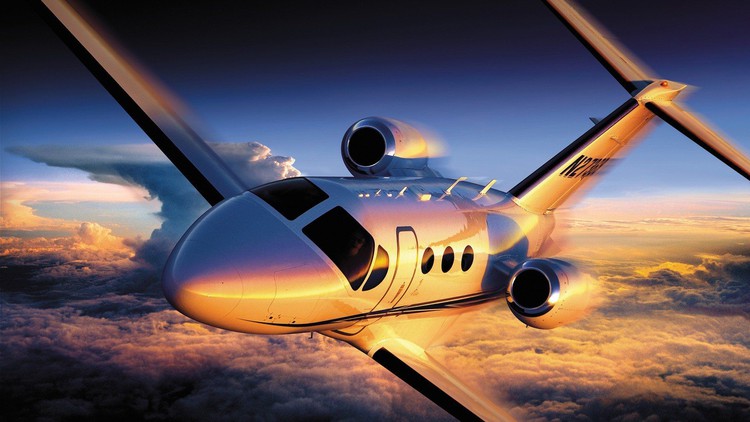
Become an Aircraft Designed by Building Business Jet From Scratch
What you will learn
Aerospace Engineering
Aircraft Design
Aircraft Types and Missions
Apply Statistics to Engineering
Estimating Aircraft Masses
Design and Positioning of Vehicle Components
Solving Aircraft Balancing Characteristics
Description
The Aircraft Design course focuses on teaching you the key skills needed to build fully operational aircraft from scratch. Here I will provide you with a complete workbook which describes every small detail for designing a vehicle from statistical analysis to final estimation of balancing characteristics of the aircraft.
You will start by learning the basics of Aerospace engineering by focusing on Aircraft classes and the main physics describing the forces applied to any flying vehicle. Then you will be introduces to your aircraft design project which is a business jet that you will learn how to build throughout the course. You will be solving the following project:
Design a civil transport aircraft for business needs. The type of the aircraft is airplane also called Business Jet. The airplane shall be allowed increased cabin space for its passengers. The only class available shall be business class standard.
The aircraft should meet the following requirements:
- Be able to transport at least 12 passengers excluding the cabin crew.
- Hs maximum wing span of 20 meters.
- Be transonic aircraft to meet the noise standards. Its cruise speed should not exceed 980 km/h.
- Maximum flight level should not exceed F500 or 15000 meters.
- The aircraft shall allow overflying a range of at least 3000 kilometers with a single fuel tank.
- The engines shall allow take-off distance of no more than 2000 meters.
